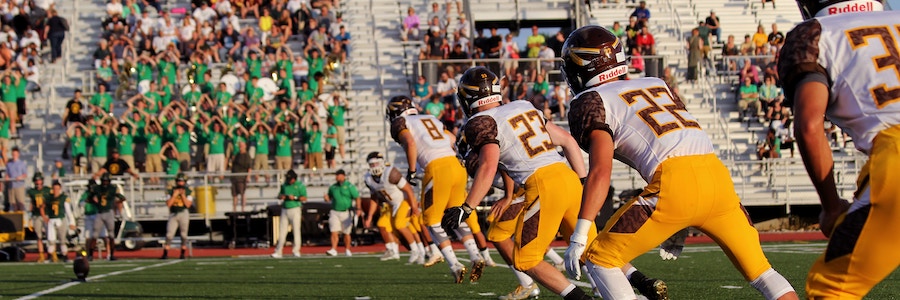Elite sports worldwide are ubiquitous and can have a major part in socio-economic advancement, public health, and entertainment for nations worldwide. Top performance at an amateur, professional or international level in sports can be a great source of pride for countries and others ranging from sponsors, media distributors and the athletes themselves. Oftentimes, the total preparedness of the elite athlete, the sound mind and body, become competing entities with athletic achievement winning out as the priority. Pursuing educational options during peak athletic development years while being a source of income and/or national pride can be at best deemed a secondary endeavor.
A forthcoming WISE report entitled Case Studies of Worldwide Sport Development Systems and Access to Education, by Ridpath, Harris, Smolianov, Akindes, and Ishac, attempts to answer this paradox specifically with regard to best practices of different country systems. The five countries examined were the United States, the United Kingdom, Russia, Senegal, and Qatar. These countries were selected by the researchers because of social-political contexts, the diverse histories in relation to sport and education, and the expectation of a variety of different approaches toward elite athlete development and educational attainment. The research objectives included comparing and contrasting the examined systems to ascertain best practices for elite athletes to obtain a viable educational experience and career development for life.
In order to evaluate and compare national sport systems and identify best practices for systematic advancement, the process involves macro, meso, and micro levels of structures, policies, and processes. The macro level as to the social and cultural context people live in (including GDP, population, and state-society relationship) while understanding the meso level as sport policies, and relating the micro level to the individual athletes and their close environment.
The research was conducted at macro, meso and micro levels in order to develop an understanding of the macro-level context, how this relates to the meso-level policy environment, and in turn, how this influences micro-level phenomenon. The research involved a detailed review of the literature in each country in order to present the appropriate structural context. The project involved several interviews with key stakeholders involved in the sports development and/or education systems within each country. The interviews focused on reviewing practices and shared commonalities in different global economic and socio-cultural conditions.
Best Practice Recommendations
Some of the more significant recommendations from this study to improve educational attainment for elite athletes’ models at the Macro level include recognizing the national and governmental context of education and sport and how this context shapes elite sport development and educational support. The researchers recommend continuing high-level research in this space to aid in the development of stronger policy in elite athlete educational support.
At the meso level, best practices include developing evidence-informed policies that formalize and clarify the commitment to the elite sport and the educational support available for elite athletes along with reviewing policy implementation in regards to elite sport and educational support. Countries should also integrate organizational structure at a national level for publicly funded coordination of athlete education as part of long-term athlete development and wellness. Across the spectrum, great availability of resources is critical to funding comprehensive athlete education.
Other meso level considerations to improve educational access for elite athletes include educational support and resources for teachers, coaches, parents and athletes specifying the knowledge, skills, and abilities taught at each level of long-term athlete development. In addition, in many of the countries, there are infrastructure issues that limit access not only to sports development but also educational attainment. In countries where this exists, there needs to be a country plan that increases infrastructure where travel from home and training facilities to school, college and university is convenient for athletes. Another area that is problematic in many of the systems is having broad-based input on policy and organization from key stakeholders including athletes, coaches, and National Governing Bodies.
From a micro level perspective, several best practices can be implemented. The researchers found that talent identification and development is a strong point, however, it is an evolving process and countries should continue research and evaluate the needs of elite athlete development. Countries should implement systems that all athletes receive the support and resources needed to be successful outside of sport with regard to education and career development. This can include specialized programs of studies tailored to the athlete to complement both educational and athletic success. Well-developed organizational structures that focus on education or athlete development but support each other at the same time such as sport academies, Olympic training centers and national athlete development systems that exist now in the UK, US, and Russia.
This is important research as athletes often desire careers in sports. Current organizations can focus on educational access in sport-related areas such as sports medicine, teaching, and coaching, journalism and sport management. Much of this infrastructure exists at universities worldwide, but expansion online and in other special educational formats that cater to the training schedule of the elite athlete is recommended. Many athletes want jobs and careers outside of the sports space and country sport ministries and NGBs need to also have programming that leads to other educational and sports programs beyond the sports industry.



